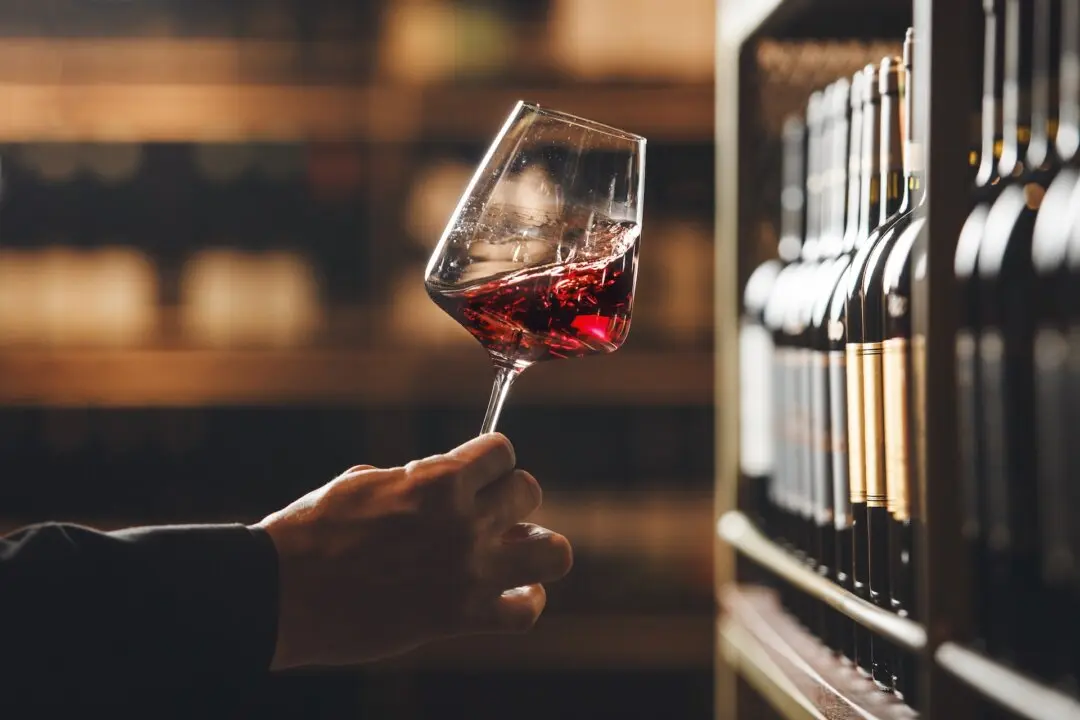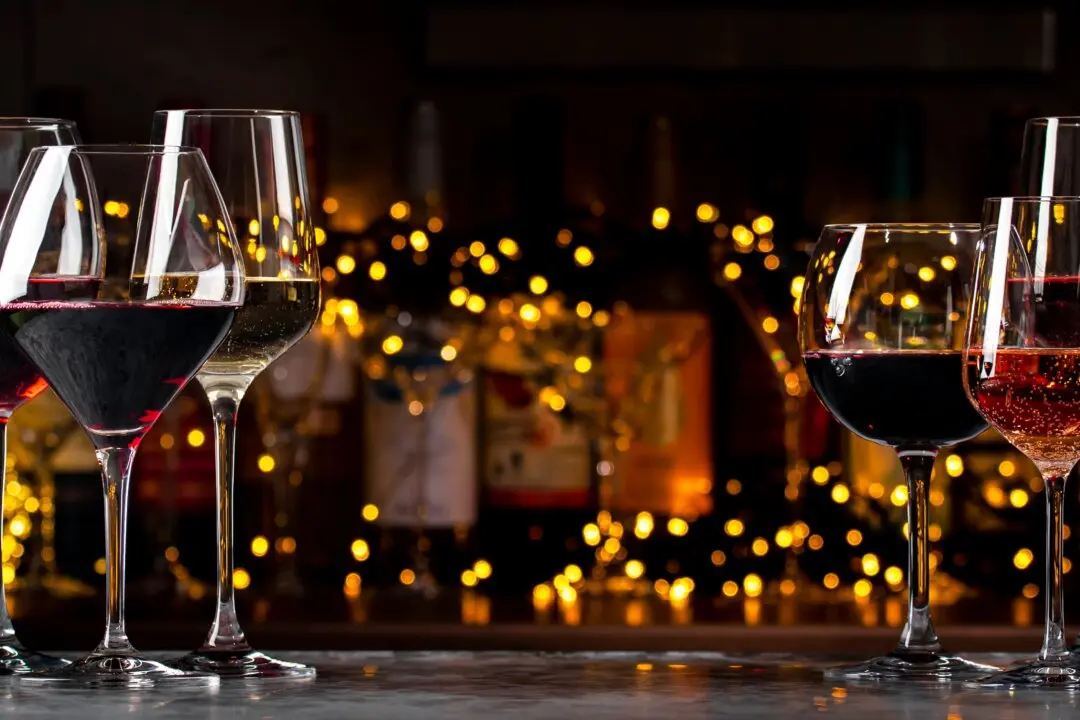Most U.S. wine drinkers prefer their red wines to be kind of soft, slightly sweet, or at least not particularly tart. I really dislike this kind of wine—if I’m having it with food.
I grew up with wine at a time when dry red wine was truly dry. But in the era of sweetened coffee drinks, cola, hard ciders, beers made with fruit essences, and all manner of sweet things, wine has had to comply.





